Motor malfunction warnings: Car breakdown symbols and their meaning
One of drivers’ most frequent doubts is what the car's motor malfunction warnings are and what they mean. The malfunction warning lights in the control panel alert you of any incident and minimize the risks if the car is broken. Read below the meaning of the main motor malfunction warnings you should know for a safe driving.
Know the car's malfunction warnings
The warning lights are colored pictograms that appear on the panel, behind the wheel, and give you information about possible malfunctions in your car.
Now, how many malfunction warnings are there? Do all cars have the same ones? Actually, they vary depending on the year of manufacture and the type of vehicle: diesel, gasoline, electric or hybrid. Any modern car usually includes about 100 warning lights. It is essential to know the meaning of the most important malfunction warning lights and checking the vehicle guide when an unknown one appears.
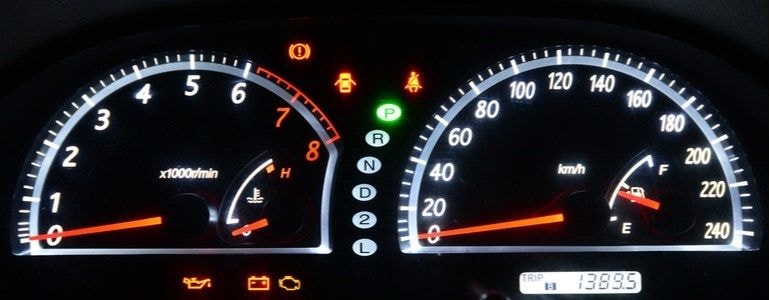
What are the most common warning lights?
Read below what you should know about the main warning lights that you can find. A yellow light indicate a minor problem, a red lights indicates a major problem. Other colors provide information, but do not indicate a malfunction.
-
Exhaust gas control system

What does this symbol mean?
The exhaust gas control system symbol is a yellow warning light indicating a malfunction that forces the engine to enter in emergency mode. In this case you’ll notice a loss of power and the engine won’t rev up past 2000 revolutions per minute.
What should you do?
Be cautious: unless you notice jerking or engine overheating, drive at a moderate speed to the nearest official workshop.
-
Preheating system

What does this symbol mean?
Diesel engines cars have this yellow indicator that usually appears after switching on the ignition, although it disappears a few seconds later, at this point you can turn the key completely. If this light flashes after the car starts running, it is a motor failure.
What should you do?
You should visit your technical service as soon as possible, driving as safe and carefully as possible.
-
Tire pressure
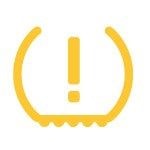
What does this symbol mean?
This yellow light indicates a decrease in the pressure of your tires.
What should you do?
As soon as possible, find out the affected wheels and fix the problem.
-
Alternator
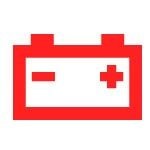
What does this symbol mean?
In this case, the warning light that glows is red, so the problem is greater, especially if the car is running. Indicates that the battery is not charging.
What should you do?
Stop the car safely and call your roadside assistance service.
-
Engine oil pressure
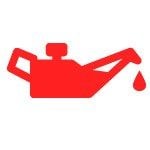
What does this symbol mean?
This is another red light that makes you stop as soon as possible, in this case because of low oil pressure.
What should you do?
Stop the car safely and call your roadside assistance service.
-
Engine oil level

What does this symbol mean?
The same picture, in yellow, indicates that you should check the engine oil level.
What should you do?
After checking if the engine oil is low, you should add more oil as soon as you can.
-
AdBlue

What does this symbol mean?
Also yellow, means that your car has too little additive. Do not exhaust it or your car will not start.
What should you do?
Add the AdBlue additive as soon as possible
-
Coolant temperature
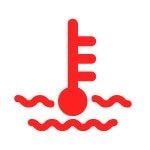
What does this symbol mean?
A red light indicates a major problem. The coolant temperature sensor is failing, or the engine is overheated.
What should you do?
Wait for it to cool before starting the car again and, if the signal still goes off, call your assistance service.
-
Engine breakdown

What does this symbol mean?
Even though it is yellow, it warns of a failure in the engine, but it does not specify.
What should you do?
You should take your car to a professional workshop quickly.
What to do when they turn on?
As a priority, act prudently, assess the problem and, if necessary, call 24h roadside assistance to have real specialists fix your broken car.
If you are driving a Centauro Rent a Car vehicle call these numbers for a superb assistance: Spain (+34) 966 365 365; Portugal (+351) 308 810 816, Italy (+39) 0694 806 800 and Greece (+34) 966 365 365.